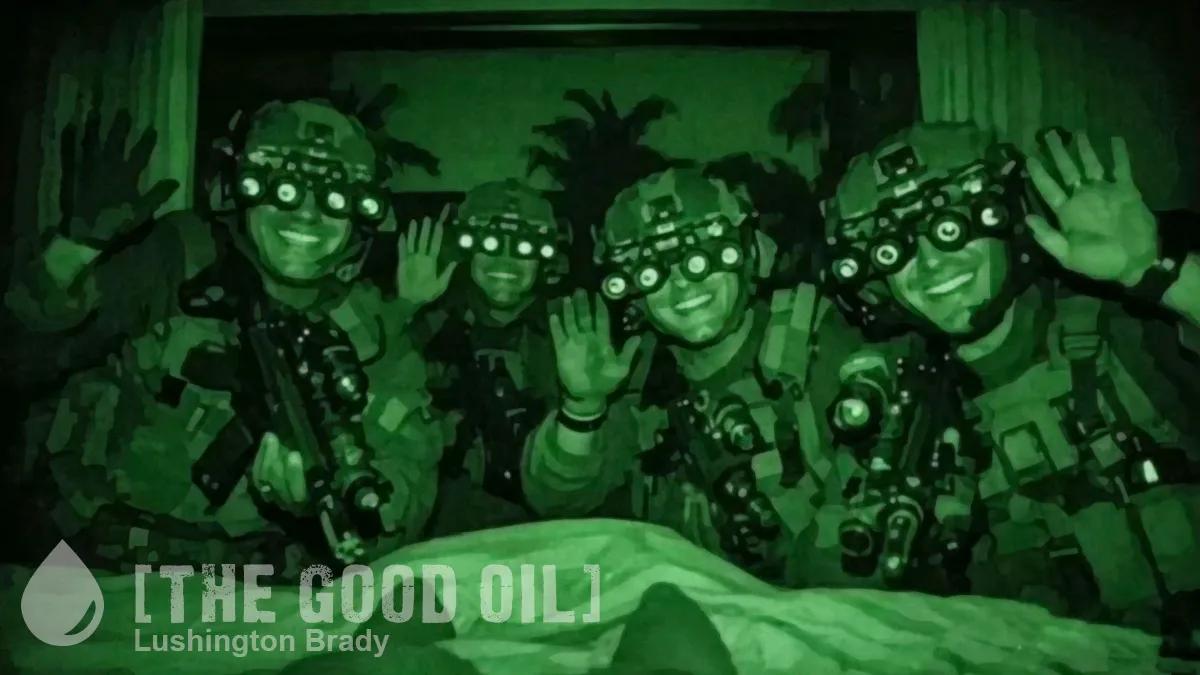Table of Contents
Fans and casual observers of science fiction love to claim that the genre or its key works “predicted” this or that technological or social development. “Jules Verne predicted television and the moon landing!” they claim, for instance. But, is it really true that SF writers are Nostradamus-like prognosticators?
Mostly, no. Flying to the Moon had been a staple of fantastic literature for centuries, and frankly, Verne got more wrong than he got right. Arthur C Clarke didn’t so much “predict” satellites as he put what might otherwise have been a technical paper about emerging technology into fictional garb. Robert Heinlein was an engineer and inventor (for instance, he conceived of the water bed, but declined to take a patent or sue those who made his concept reality) who extrapolated the space-suit technology he worked on and conceived of the armoured military power-suit which is now on the cusp of development.
In fact, the most interesting SF “predictions” are just that: extrapolations. Whether technological or socio-political, the truly memorable SF writers use their depth of knowledge (Wells, for instance, was an historian) to think about the future.
But humans are faddish creatures, which makes some things beyond prediction. Who, say, predicted the Beatles? Or Star Wars?
When it comes to the most faddish of human endeavours – fashion – science fiction has a frankly appalling track record.
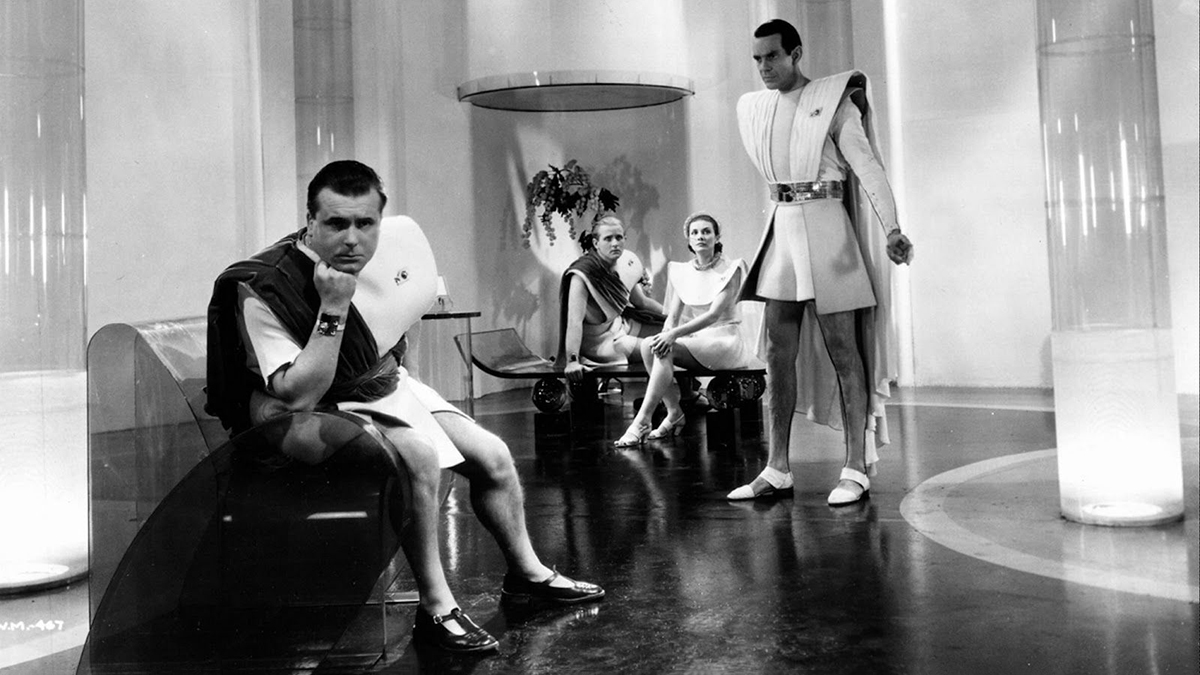
If film-makers and magazine artists of the 1930s had been right, we’d all be flying our hover cars while wearing spotless silver lamé togas and plastic sandals or oriental-styled robes and jetpacks. Other SF of the period would have silver-foil jumpsuits as all the rage in the 21st century.
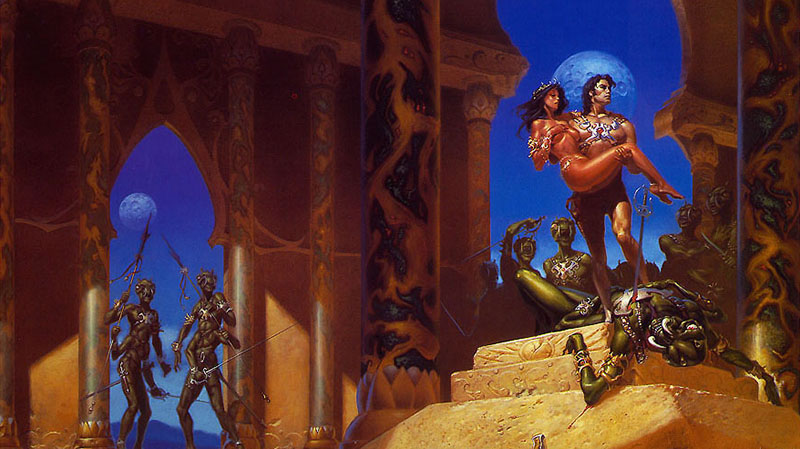
Or, if we followed Edgar Rice Burroughs’ Martians, nothing at all, except some utilitarian harness to hang our ray guns from.

According to Back to the Future, not only would high-tech power-laces and self-drying jackets have been the big item of 2015, we were also supposed to be wearing our pockets turned inside-out and double ties. Not to mention Griff Tannen’s spiked helmet and powered exoskeleton.
The Matrix cleverly set its Matrix-world in the then-contemporary 1990s, which conveniently meant that most extras were wearing normal clothes. But the “real” timeline of 2199 featured all the leather jackets and rubber bodysuits a fetish-wear store could supply, accessorised with tiny sunglasses. Which looked cool as all get-out – at least on svelte Hollywood actors. For us lumpy real-world shmucks, looking like a walking E-Z-Boy never quite caught on as street-wear.
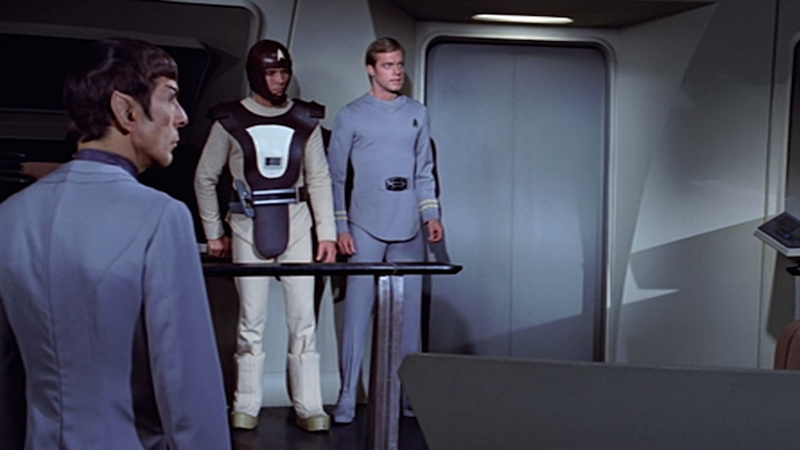
Star Trek, on the other hand, tended towards single-colour velour and roll-necks. Not to mention the incomprehensible, quasi-Flash Gordon/fetish codpiece security guard uniform in Star Trek: The Motion Picture.
Then there’s Star Wars’ strange thing for burlap.
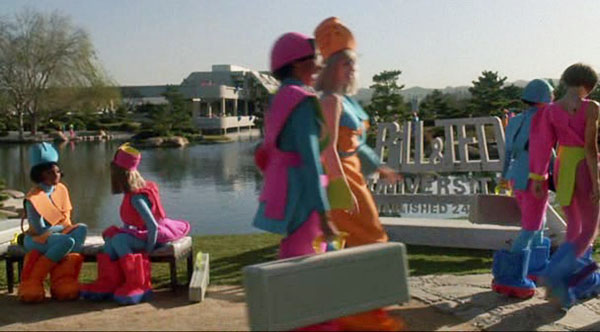
Bill and Ted’s Bogus Adventure, on the other hand, imagined 2691 as a future where Japanese harajuku-style puffy day-glo had conquered the world of fashion.
But, if science fiction has failed so spectacularly at anticipating the vicissitudes of fashion, it should hardly be surprising. If the 1981 Warren Beatty vehicle, So Fine, completely failed to make arse-less pants a real thing, would anyone in 1981 have predicted that in 20 years teenagers would be wearing their pants around their ankles?
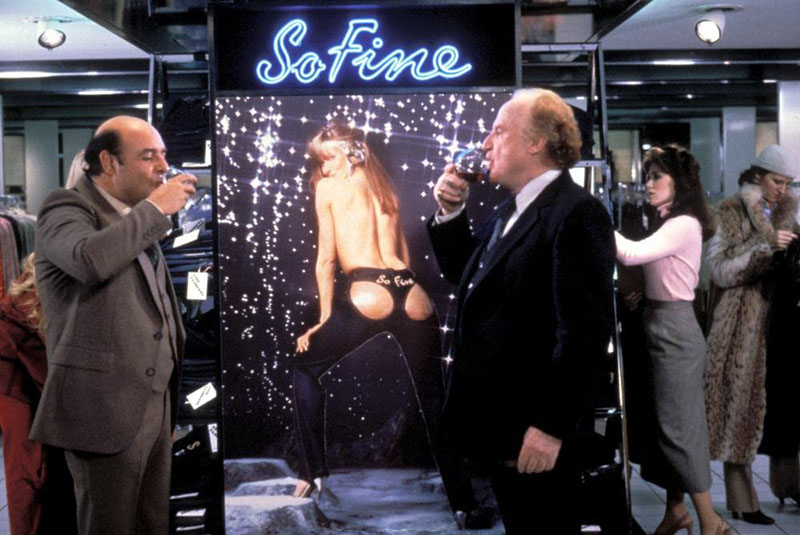
Please share this article so that others can discover The BFD






